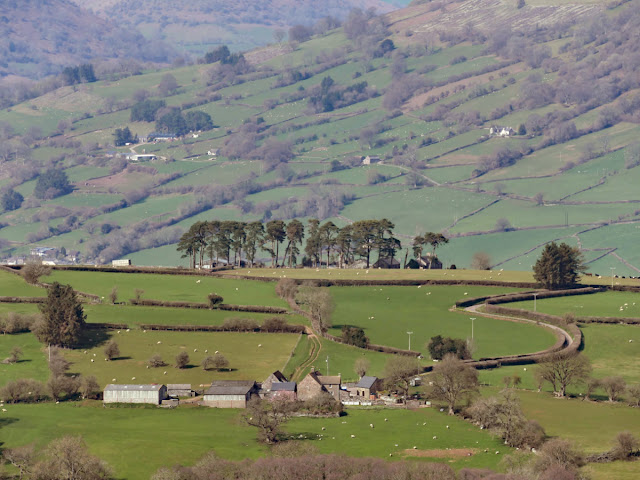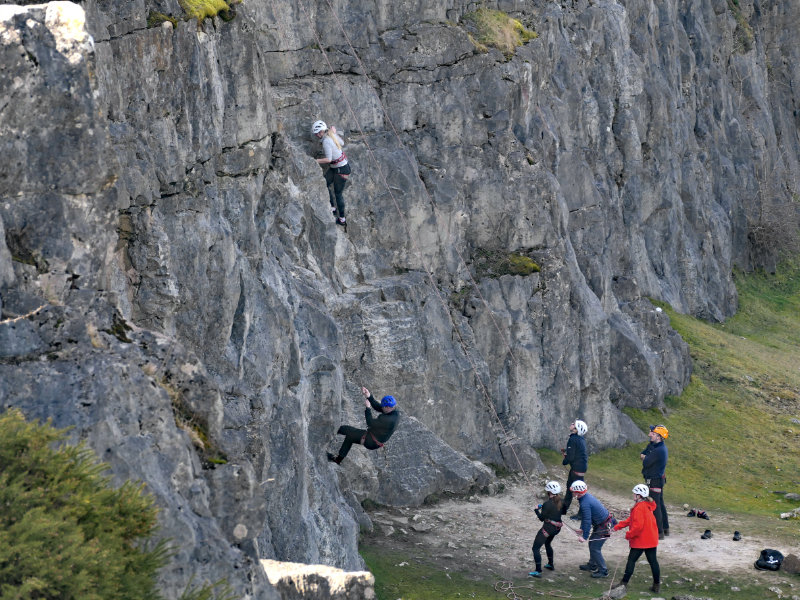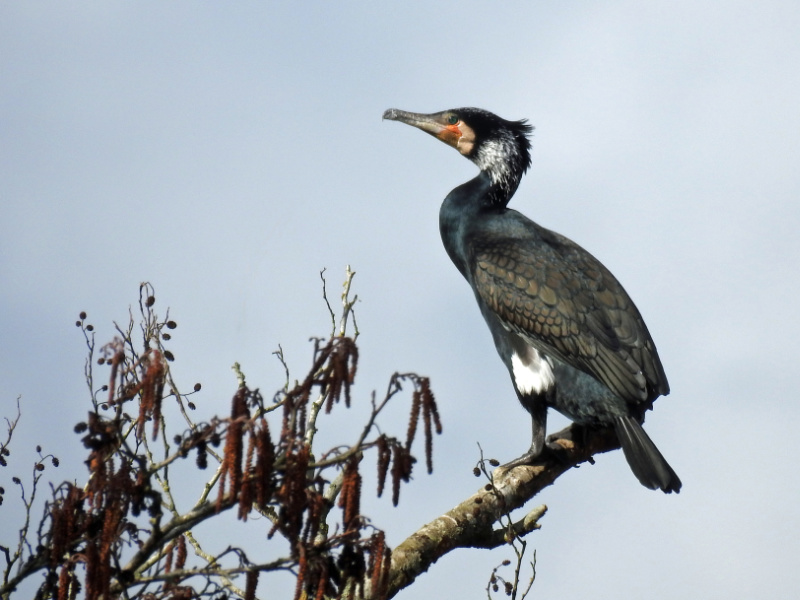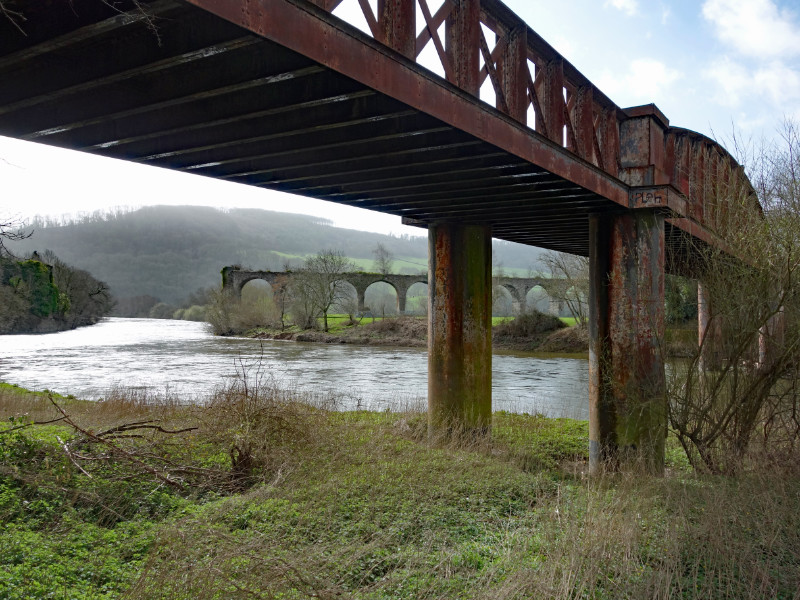A British cathedral is, for the most part, a very big church. It can be situated in a city or a town and sometimes has an open space around it. This space - called a "close" - can vary tremendously in size and for that reason can be helpful to the photographer (a big space) or not so helpful (a small space). The big space makes it easier to compose a shot that includes the whole of the building. Hereford Cathedral has a small space around it which includes several big trees, and beyond this space the buildings of the town press close. The unavoidable consequence of all this is that photographers must search for views from afar that feature just a part of the cathedral. One such is from the beech avenue through Bishop Meadow across the River Wye. But, it is only available when the trees are not in leaf - hence this recent photograph.
photo © T. Boughen Camera: Nikon Z 5


















